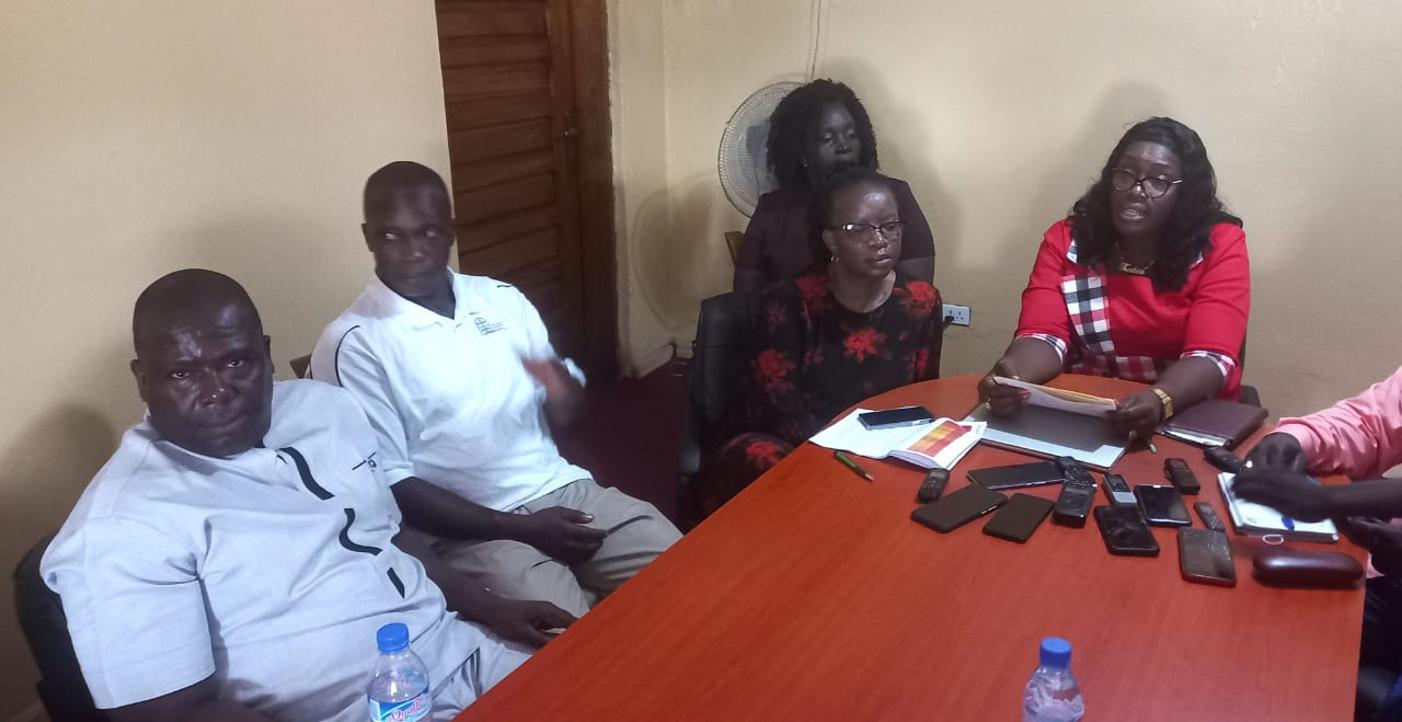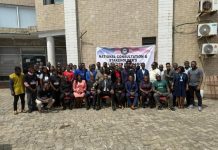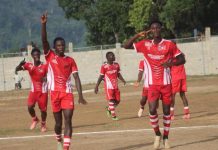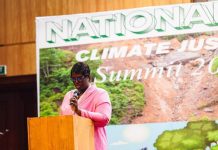Africa-Press – Liberia. In mid 2000, Liberia reached the peak in terms of people infected with HIV/AIDS. At that period, there was no treatment for the virus which caused the death of many infected by the virus. Since 2010, the rate of HIV infection in Liberia has reduced by 50%. This is not due to the fact that people are getting cured but because more people have enrolled into treatment, that’s according to the National Aids Commission.
According to the Commission, Liberia has a generalized HIV epidemic with reproductive aged population showing HIV prevalence of 2.1%, according to the 2013 LDHS, even though UNAIDS 2021 Spectrum Estimates show 1.1%, with an estimated HIV population of 35,000.
The National Aids Commission also states that, significant variations in HIV prevalence exist between and within regions and counties. HIV prevalence is higher in urban (2.6%) than in rural (0.8%) areas. The South-Central Region has the highest prevalence of 2.8% among the five regions and Montserrado, Margibi, and Grand Bassa counties have the highest HIV prevalence among the 15 counties and together account for about 70% of the burden of disease in the country.
In observance of this year’s World AIDS Day, the Commission has earmarked on series of activities to be implemented in line with the UNAIDS’ Strategy to ensure a bold call to action to get on the Fast-Track and reach people being left behind. “It is an urgent call to front-load investments and a call to reach 95-95-95 by 2030.
“Ladies and gentlemen of the press, the national HIV response is now been guided by a new strategic document, known as the National Strategic HIV Plan II (NSP II) which runs from January 2021 to December 2025 which will fast track the country’s effort towards ending AIDS.”
This year’s Policy dialogue, is expected to bring key policymakers, and state actors and partners on the realities of stigma and discrimination faced by PLHIV and Key Population and as indicated in the goal two (2) of the NSP. The dialogue will bring together senior actors in the National HIV response, heads of national and international institutions, implementing partners, representatives of the affected populations.”
According to the National AIDS Commission, coordinated community awareness to provide an opportunity for public and private partners to spread awareness about the status of HIV and encourage progress in prevention, treatment and discourage stigma and discrimination are all part of planned activates for the celebration of World AIDS.
The awareness will also focus on the importance of HIV viral load monitoring and distribution of BCC/IEC materials in communities and schools. The community aware will witness the HIV testing and distribution of condoms.
Part of the awareness strategy will bring on board the mass media activities including talk shows, press conferences to educate population on the importance of reducing stigma and discrimination being considered a storming block for HIV service delivery. Official launch of the Liberia’s 2nd National HIV Strategic Plan (NSP II) and the Zero Discrimination Action, a consolidated effort to accelerate commitments in ending HIV-related stigma and Discrimination in the country.
“As the world aims to end AIDS as a Public Health threat by 2030, Liberia cannot afford to be left behind; therefore, this year’s World AIDS Day is an opportunity to begin highlighting some, if not all, issues critical to achieving such goal. These outlined activities are efforts will ensure a Liberia where all people, regardless of their sexual identity, choices or health status, have access to relevant HIV prevention services void of discrimination.
“The NSP is informed by lessons learnt from past interventions and the UNAIDS 95-95-95 targets, in line with the Sustainable Development Goals (SDGs), with focus on ensuring healthy lives and promoting wellbeing for all at all ages.
“In quest to reduce stigma and discrimination against persons living HIV and key populations, we have planned the following; Liberia as a member of the Global Partnership for Action to Eliminate All Forms of HIV related stigma and discrimination, must do all as a country to implement our portion of the commitment by ensuring that;
“No new HIV related discriminatory laws, regulations and policies are passed Repeal all existing HIV related discriminatory laws, regulations and policies on our books 90% of Persons living with HIV and members of the key population have access to justice and can challenge rights violations No one is denied health services based on perceived or positive HIV status or sexual identity Incidences of violence including sexual and Gender Based Violence are reduced
“Furthermore, in order to translate commitments into measurable policy change and programmatic interventions that result in the enjoyment of HIV-related rights by all in with goal one of the NSP, Liberia needs to: Scale up HIV treatment to reach the 95-95-95- level for persons living with HIV
“Eliminate mother to child transmission of HIV to less than 2% Scale up HIV combination prevention to reach 90% of the general population Scale up HIV interventions to reach 60% of the estimated key population.
For this to happen it requires strong political will from policymakers, especially our legislators by considering domestic budgetary allocation for HIV intervention programs.
For More News And Analysis About Liberia Follow Africa-Press






